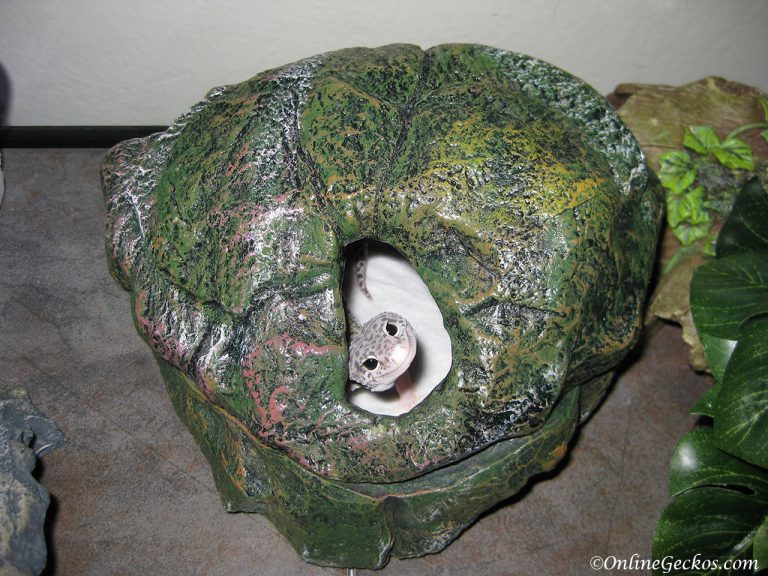

Wild insects are a good way to add variety and more nutrients to your leopard gecko diet. Black soldier fly larvae are especially attractive because of their near-perfect calcium to phosphorus ratio.

There are more attractive feeders available from breeders, such as silkworms, hornworms, various other roaches, etc. Give them only as an occasional treat, or as a “bribe” to help a recently moved gecko who lost his appetite. Waxwormsīecause of their fat content, waxworms are something like gecko junk food, and naturally – leos love them. Unlike some other commercially-bred roaches such as Turkestan cockroach, Dubia roaches are slow and can’t climb walls, so escape risk is low, and handling is a breeze. Plus, they have excellent nutritional value. Dubia roaches are easy to breed and are lasting if you provide the right temperature and appropriate hiding places. Also, crickets have a good protein ratio and are relatively low and fat, but you should always serve them dusted with vitamin powder.ĭifferent species of tropical roaches (not the kind from your bathroom) make very suitable feeders. The specific reason why they are so popular with leopard geckos is that, unlike larvae and roach feeders that tend to burrow and hide, their escape instinct also triggers leo’s natural hunting behavior. They take more space to keep than mealworms, are usually noisy and keen on escaping, if you take the right steps, they are still easy to maintain and breed. CricketsĬrickets are another readily available feeder insects. Never give your leos mealworm beetles, as their shells are tough to digest and may cause impaction. My own experience has been in line with that.Īs mealworms are the easiest feeder to raise at home, you should keep a colony so that you can have a sustainable food resource at all times, regardless of outer circumstances. However, one of the greatest authorities on captive-bred leos – Ron Tremper, state that mealworms make a perfectly good staple food for leopard geckos. There has been a lot of debate about using mealworms as a primary food because of their relatively high-fat content, and their poor phosphorus-to-calcium ratio. They are easy to keep and breed, and geckos accept them readily. Mealworms are probably the most popular and most widely sold live food for lizards and other pets as well. Let’s look into the most common leopard gecko feeder insects. There are many species of feeder insects available on the market, and the list is increasing.

Some of these feeders will be your gecko’s primary diet. There are exceptions to this rule, but they are very uncommon.įeeder insects are bred in captivity to feed pet reptiles and some birds. They won’t accept canned or dried reptile food or meat. Unlike some other common pet lizards, leopard geckos will eat live insects only. Leopard geckos also opportunistically feed on smaller lizards, snakes and newborn rodents if they happen to stumble upon their nests.
#LEOPARD GECKO HIDES DIY FULL#
While their full menu is unknown, based on their habitat’s biodiversity and some observations, we can estimate that they consume grasshoppers, crickets, spiders, beetles, caterpillars, flies, and even small scorpions. In the wild, they primarily hunt invertebrates. Leopard geckos are insectivorous lizards. Further Reading: The Complete Leopard Gecko Care Sheet What Do Leopard Geckos Eat in the Wild?


 0 kommentar(er)
0 kommentar(er)
